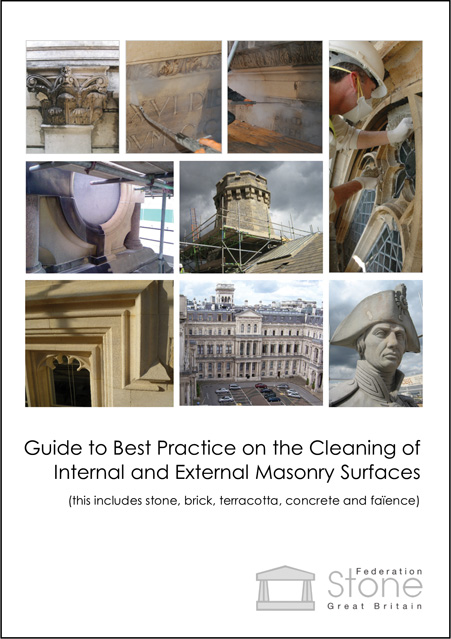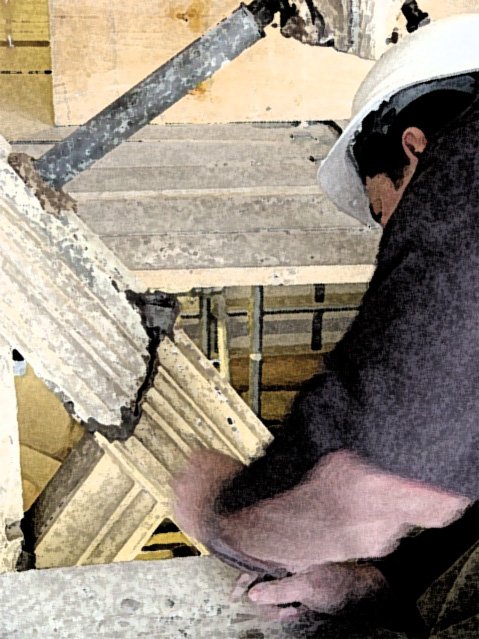Almost 50% of Stone Federation’s members work in the conservation and restoration sector, which plays a large part in the overall natural stone arena.
This month, we are taking a brief look at where to begin when considering the cleaning of natural stone buildings.
The cleaning of a building is no simple matter and there are special considerations that call for a high degree of expertise in all elements and stages of stone cleaning. Specialist knowledge is necessary for the correct specification to be given for each building.
In the past, it was smoke emissions from the burning of coal that was largely responsible for the soiling of buildings. Today, vehicle exhaust emissions are a significant factor.
Many studies have shown that keeping stone façades clean can have benefits for both the aesthetics and the longevity of a building.
The correct cleaning of natural stone is a priority, as much of the architectural heritage of the country is made from stone.
Stone is a durable building material, comparing favourably with alternatives from an economic as well as an aesthetic point of view, especially when maintenance and whole life costs are taken into account.
Nevertheless, proper maintenance is essential and if this is carried out periodically with suitable skill and understanding, the greater will be the environmental and practical advantages in the preservation of the structure.
What must be stressed, however, is that in the wrong hands and with the use of the wrong processes for the material being cleaned, much harm can be caused and unsightly effects can result.
The damage caused by inappropriate cleaning might not become apparent for some months after the cleaning has been completed and will be difficult, if not impossible, to remedy.
This is why it is imperative to involve a skilled stone cleaner at an early stage when cleaning is being considered.
Cleaning should be carried out by fully trained operatives in order to avoid any damage, because even the correct method of cleaning can cause damage or be unsightly when carried out by unskilled hands.
Cleaning can also be an opportunity to carry out appropriate minor repairs before they become major problems. Open joints that are not repointed or cracks that go undetected when obscured by dirt or heavy soiling, can be points of accelerated decay.
When cleaning a building, reference should be made to BS 8221 (part 1): 2000, Code of Practice for Cleaning and Surface Repairs.
 The Stone Federation Great Britain Guide to Best Practice on the Cleaning of Internal and External Masonry is based on this standard and the relevant sections of a number of other British Standards relating to masonry cleaning. It offers guidance on best practice and sets out the principal factors involved in decisions to clean and maintain buildings. And not just stone buildings. It also covers brick, terracotta, concrete and faience.
The Stone Federation Great Britain Guide to Best Practice on the Cleaning of Internal and External Masonry is based on this standard and the relevant sections of a number of other British Standards relating to masonry cleaning. It offers guidance on best practice and sets out the principal factors involved in decisions to clean and maintain buildings. And not just stone buildings. It also covers brick, terracotta, concrete and faience.
This Guide’s aim is to give advice, but it is by no means definitive. Every project is different and requires expert knowledge and experience to interpret the Guide successfully.
This and other relevant publications can be found on the Stone Federation website at www.stonefed.org.uk.
Stone Federation Great Britain’s Stone Heritage Group is dedicated to the heritage sector of the natural stone industry and promoting the use of Federation members for heritage projects.

